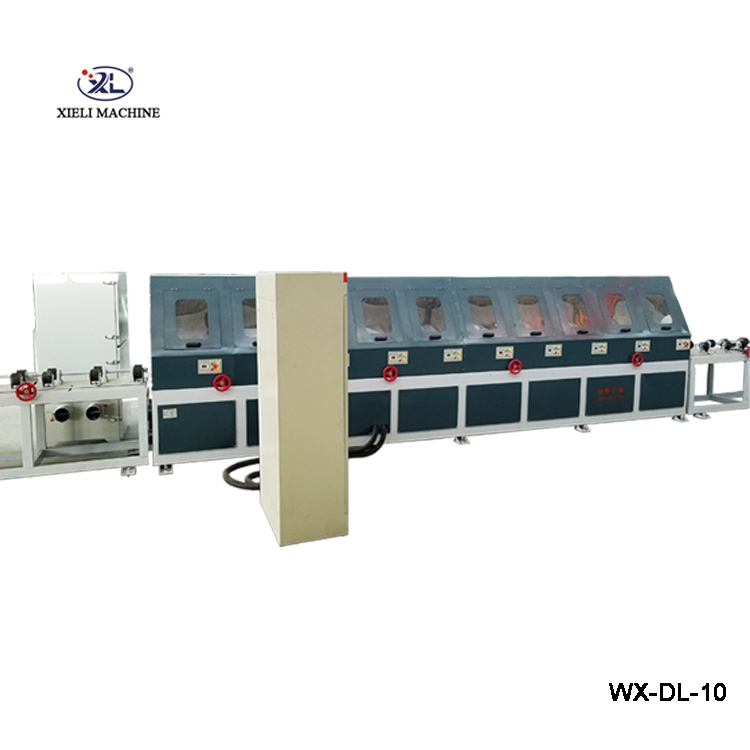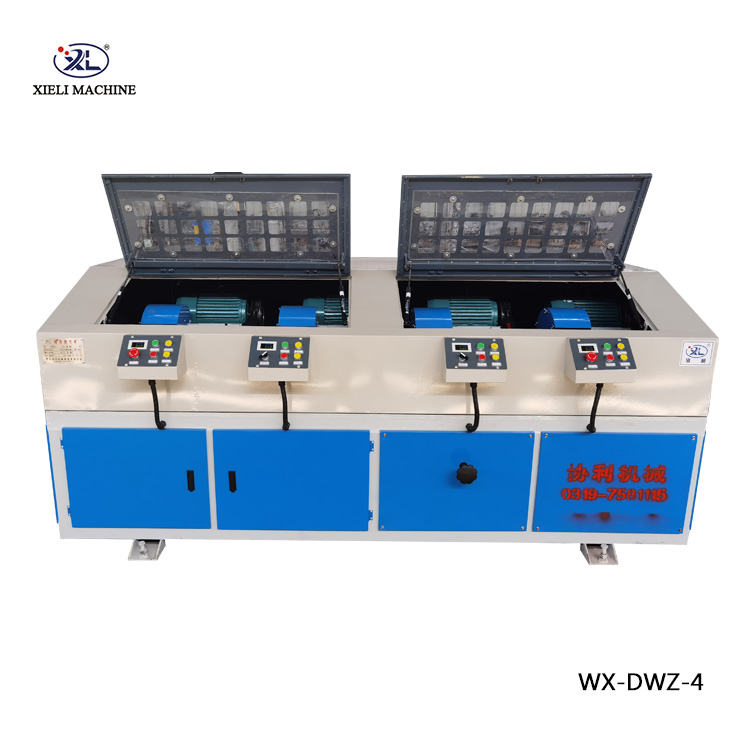The Centerless Grinder Market An Overview
Centerless grinding is a unique manufacturing process that has become increasingly essential in various industries, including automotive, aerospace, and medical sectors. The method enables efficient grinding of cylindrical parts without the need for fixtures, offering advantages such as precision, speed, and the ability to handle high volumes of workpieces. This article explores the current state of the centerless grinder market, trends, and future prospects.
Market Dynamics
The centerless grinder market is primarily driven by the growing demand for precision-engineered components. Industries are emphasizing quality and tolerance levels, which centerless grinding inherently supports due to its ability to produce components with tight specifications. Additionally, the need for efficient production processes has led manufacturers to seek machinery that can optimize workflow and reduce downtime.
As industries expand globally, the need for centerless grinding processes has surged. For instance, the automotive industry requires numerous precision ground components such as shafts and fittings. The evolution of electric vehicles (EVs) and advanced automotive technologies has further amplified this demand, as these sophisticated components require additional levels of precision.
Moreover, the rise of the medical device industry, which relies heavily on high-precision machined components, is contributing significantly to the market. The need for high-quality instruments and implants necessitates advanced grinding solutions, bolstering the adoption of centerless grinders.
Technological Advancements
The centerless grinder market is witnessing various technological advancements aimed at enhancing performance and efficiency. For example, the integration of automation and robotics is becoming commonplace in modern centerless grinding setups. Automated loading and unloading systems minimize human intervention, increase throughput, and reduce production costs, making these machines more appealing to manufacturers.
Also, innovations in control systems have enabled higher precision in machine operations, offering real-time monitoring, data collection, and adaptive grinding. These technologies not only refine the grinding process but also help in predicting maintenance needs, ensuring minimal downtime.
The introduction of eco-friendly grinding systems is another notable trend. As industries strive to reduce their environmental footprint, manufacturers are investing in sustainable practices. Newer centerless grinders are designed to minimize waste, reduce energy consumption, and employ recyclable materials whenever possible.
centerless grinder market

Regional Insights
Regionally, North America and Europe currently dominate the centerless grinder market due to the presence of well-established manufacturing sectors and a high demand for precision components. However, Asia-Pacific is emerging as a significant player, driven by the rapid industrialization and manufacturing growth in countries like China and India. The demand for centerless grinders in these regions is expected to surge, fueled by the automotive, aerospace, and electronics industries.
Competitive Landscape
The centerless grinder market is characterized by intense competition among key players. Companies are focusing on product innovation, strategic partnerships, and mergers and acquisitions to strengthen their market position. Major players like KMT Precision Grinding, Glebar Company, and Jainnher Machine Co., Ltd. are continuously enhancing their product lines to cater to diverse customer needs and improve technological capabilities.
Challenges
Despite the growth opportunities, the centerless grinder market faces challenges including high initial investment costs and the need for skilled labor to operate sophisticated machinery. Additionally, fluctuations in raw material prices may impact production costs, potentially affecting the market's overall growth.
Future Outlook
The future of the centerless grinder market appears promising, with anticipated technological innovations and an increasing emphasis on precision machining. As industries continue to evolve and prioritize efficiency, the adoption of centerless grinding technology is likely to grow, driving market expansion. Investment in R&D will also pave the way for advanced solutions, keeping pace with changing industry demands.
In conclusion, the centerless grinder market is poised for significant growth, fueled by technological advancements and a rising need for precision in manufacturing processes. As industries evolve, so will the innovations within this niche sector, ensuring that centerless grinding remains a vital component of modern manufacturing.





